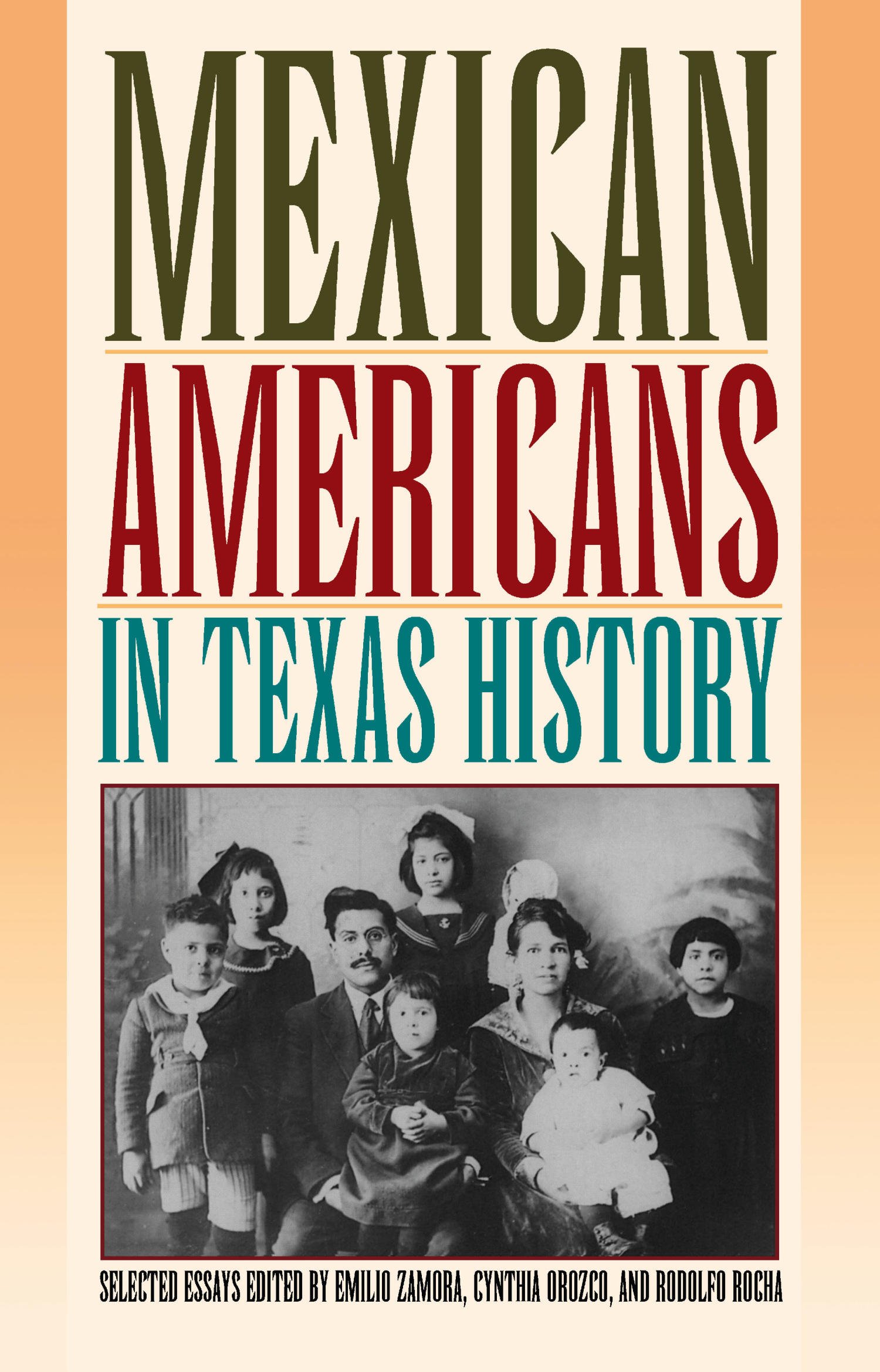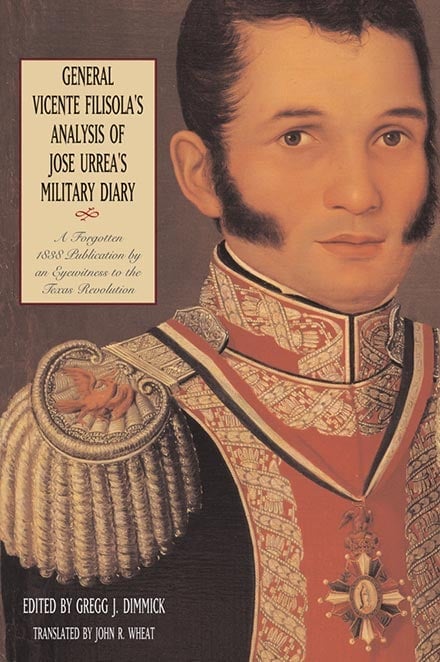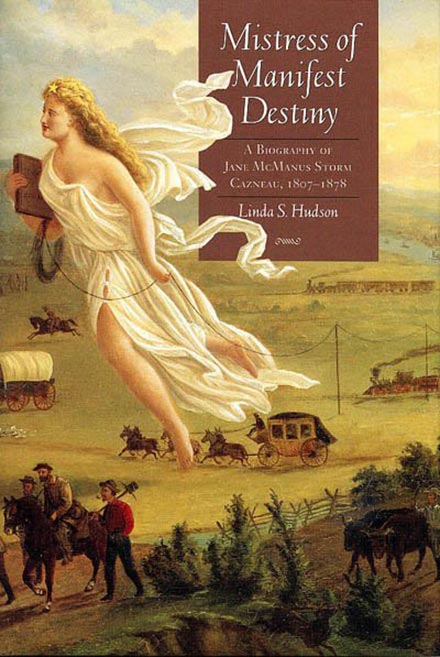The first and only Mexican-American civil-rights case heard and decided by the United States Supreme Court during the post-World War II period was Hernández v. the State of Texas. In 1950 Pete Hernández, a migrant cotton picker, was accused of murdering Cayetano "Joe" Espinosa in Edna, Texas, a small town in Jackson County, where no person of Mexican origin had served on a jury for at least twenty-five years. Gustavo (Gus) García, an experienced Mexican-American civil-rights lawyer, agreed to represent the accused without fee. García envisioned the Hernández case as a challenge to the systematic exclusion of persons of Mexican origin from all types of jury duty in at least seventy counties in Texas. It was not surprising to him when Hernández was found guilty and the decision was upheld by the Texas Court of Criminal Appeals. The Supreme Court acted upon a writ of certiorari and heard the arguments on January 11, 1954. With García were James de Anda and Chris Alderete of the American G.I. Forum and Carlos Cadena and John J. Herrera of the League of United Latin American Citizens. García argued that the Fourteenth Amendment guaranteed protection not only on the basis of race, Caucasian and Negro, but also class. Those who administered the process of jury selection introduced discrimination because of exclusion based on class. The state of Texas contended that the Fourteenth Amendment covered only Whites and Blacks, and that Mexican Americans are White. The state admitted that no person with a Spanish surname had served on any type of jury for twenty-five years, but that this absence only indicated coincidence, not a pattern of attitude and behavior. García and his associates presented comprehensive evidence that in Jackson County discrimination and segregation were common practice, and Mexican Americans were treated as a class apart.
Chief Justice Earl Warren delivered the unanimous opinion of the court in favor of Hernández and ordered a reversal of conviction. The Supreme Court accepted the concept of distinction by class, that is, between "White" and Hispanic, and found that when laws produce unreasonable and different treatment on such a basis, the constitutional guarantee of equal protection is violated. The court held that Hernández had "the right to be indicted and tried by juries from which all members of his class are not systematically excluded." This decision was a major triumph for the "other White" concept, the legal strategy of Mexican-American civil-rights activists from 1930 to 1970. Faced with the separate but equal doctrine they argued that segregation of Mexican-origin persons was illegal in the absence of state law. Hernández was the logical extension of that argument. The case was a valuable precedent until it was replaced in 1971 by Cisneros v. Corpus Christi ISD, which recognized Hispanics as an identifiable minority group and utilized the Brown decision of 1954 to prohibit segregation.
Is history important to you?
We need your support because we are a non-profit that relies upon contributions from our community in order to record and preserve the history of our state. Every dollar helps.
Carlos M. Alcala and Jorge C. Rangel, "Project Report: De Jure Segregation of Chicanos in Texas Schools," Harvard Civil Rights-Civil Liberties Law Review 7 (March 1972). Carl Allsup, The American G.I. Forum: Origins and Evolution (University of Texas Center for Mexican American Studies Monograph 6, Austin, 1982).
The following, adapted from the Chicago Manual of Style, 15th edition, is the preferred citation for this entry.
V. Carl Allsup,
“Hernandez v. State of Texas,”
Handbook of Texas Online,
accessed April 27, 2024,
https://www.tshaonline.org/handbook/entries/hernandez-v-state-of-texas.
Published by the Texas State Historical Association.
TID:
JRH01
-
Original Publication Date:
-
September 1, 1995
-
Most Recent Revision Date:
-
October 13, 2022
This entry belongs to the following special projects:








